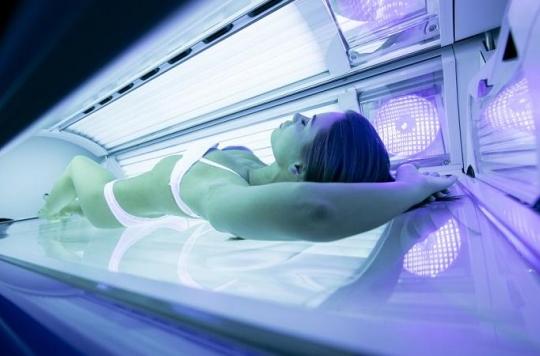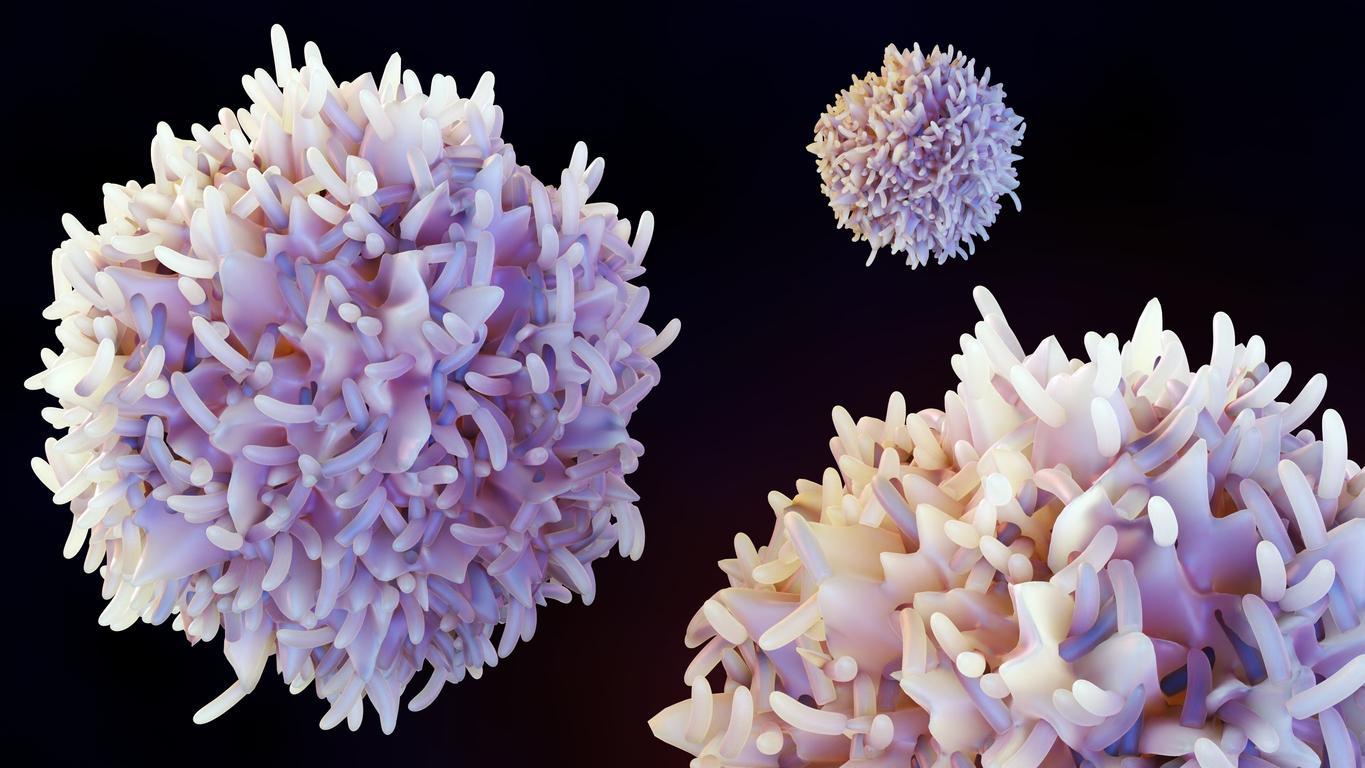Shock images and health warnings, researchers are proposing to adapt the fight against smoking to tanning booths.

To great ills, great remedies. 7,000 cases of melanoma are diagnosed each year in France. In 9 out of 10 cases, excessive exposure to ultraviolet rays is involved. Tanning booths, which offer artificial UV rays, are therefore in the crosshairs of the health authorities. But how can the population be effectively warned of their risks? The Center for the fight against cancer of the University of North Carolina (United States) proposes to be inspired by the fight against tobacco. Pairing shocking images with written warnings is effective in distracting young people from these devices, find researchers in the Journal of Health Communication.
Put pictures on words
The American team recruited 568 high school girls and presented them with various prevention campaigns. “Artificial UV is clearly modifiable behavior. No one needs a tanning booth, ”explains Seth Noar, lead author of this study. The most effective approach to convey this message remains the one adopted for years to counter the marketing of the tobacco industry: to display targeted messages overlaid with images corresponding to the text.

Two binoculars with different practices. The one on the left has recourse
to artificial UV, the one on the right not (Source: UNC Lineberger).
It is this strategy that triggers the most negative emotions in the young women who participated in the study. They say it themselves: this type of campaign is more likely to dissuade them from using artificial UV rays than a simple warning text. This should inspire the French authorities, who have opted for a message on the side of the devices.
Certain images carry more weight on the perception of tanning booths. Photographs of skin cancer, eye damage or even wrinkles: these are the visions that shock young women. They are, on the other hand, rather cold in the face of immediate manifestations, such as burns or infections.
13% of French people exposed
But an image without the text will not have the same influence on the participants. According to them, the photographs are not necessarily real. In the era of the ubiquitous Photoshop, this finding is not surprising. On the other hand, they give more confidence to the text. The two techniques therefore have a complementary role: to attract the eye before instructing it.
If we have to strike hard, it is mainly because the population is already aware of the risks. “Many young women who use artificial UV rays already know the long-term effects of this practice, but communicating these risks with the help of images is much more than just text,” says Jennah Sontag.
These results are valuable because the main users of tanning beds are young adults and mainly women. However, exposure to artificial UV rays before the age of 35 increases the risk of developing melanoma by 59%. In France, 13% of the population has already used a tanning booth or lamp. Among recent users, a third report a use greater than 10 times per year. A worrying rate, because the risk of skin cancer increases with the number of exposures.

.

















